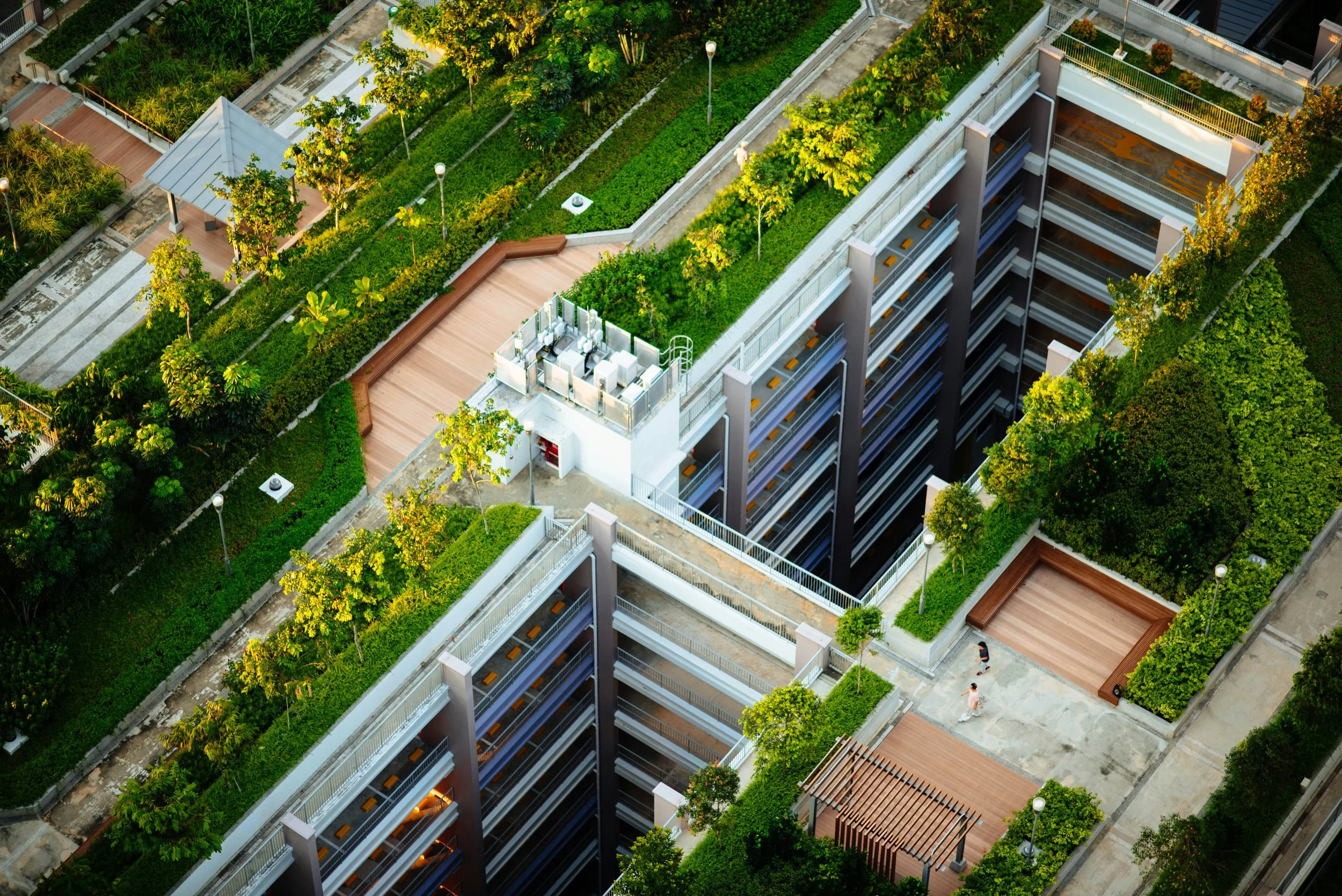How Many Buffer Points Does Your Project Need?
Recently I facilitated the successful LEED Gold certification of a project that was only seeking LEED Silver. A combination of buffer points that the project team held onto and an approach to energy modeling that made the most of the use of energy efficient electric systems pushed the project over the Gold threshold. All accomplished within the budget of the existing project and our existing contract.
We were thrilled to let the client know that the project exceeded their expectations. Imagine my surprise when after delivering the good news, the client manager expressed concern about how to explain the result to ownership. The project was after all only pursuing Silver, and there is a prevailing opinion among many that LEED Gold certification must cost more. The client manager wanted to allay any concerns upfront about “additional cost”.
The difference between Silver and Gold certification, an issue of 10pts in the LEED rating system, may or may not cost more depending on the attributes of the building’s site and design and the strategies employed in the pursuit. There are many factors that contribute to achieving the certification goal while controlling costs, but in this article, I want to focus on the psychology of buffer points.
Point Buffer
Clearly it is wise to focus the pursuit on the number of points needed for the certification goal. At the same time, buffer points are needed to ensure that surprises in the field, changes to design, product substitutions or reviewer disagreements over the interpretation of requirements leave enough room to achieve that goal.
Though 5pts is what conventional wisdom recommends, the number of buffer points needed is an art rather than a specific number. And there are two basic reasons for that.
How many buffer points are needed to bolster a given pursuit is a function of the confidence that the team has in the solid achievement of the “Yes” points already being pursued. A high degree of confidence translates into a smaller number of extra buffer points. I have submitted projects for repeat clients with well understood project types that we have pursued together before with as few as 2 buffer points, successfully.
Confidence in point achievement can come from experience with previous submittals for similar project types or for the same client or be related to the skills and experience of the project team members that are tasked with preparing the LEED documentation.
Buffer points are, by definition, measures that are not low hanging fruit. They represent some degree of stretching by the project team to achieve those last few extra points needed to get over the certification threshold. And they can be expensive if not chosen wisely.
As a LEED consultant, my job is to minimize that stretch which represents effort and cost to the project, while ensuring there are enough points to achieve the Owner’s goal. The most vital way that I do that is by preparing as much of the LEED documentation as possible, particularly for technical credits. Not relying on project team members who may not be versed in the LEED requirements yields higher confidence in the achievement of points being pursued and means fewer extra points are needed. Where I look for those extra points depends on the situation and how many the project needs.
Green power. Green power is well known in the buffer points category, allowing a project to purchase RECs in off-site renewable energy generation. This donation to the development of green energy sources like wind or solar power is valid and in line with some clients’ commitments. However, it’s typically a one-time purchase that doesn’t confer any direct benefit on the project, so we like to keep it in the Maybe category. Having said that, green power can often be very cost effective when it comes to a buffer point, particularly for a core and shell project. And there are up to 5pts available if you are using the v4.1 version of that particular credit. Caveat here that pricing in this sphere is volatile and only more so with the current administration.
Alternate compliance pilots. Pilot credits are well known in LEED as a part of the Innovation category. They represent potential credits that the USBGC is vetting for future rating systems. They can be undertaken for 1pt as part of the Innovation section. However, there are also pilots that function as alternate compliance for “regular” credits. These pilots are particularly desirable because they allow you to pursue the credit itself with all of its possible points, rather than just the 1pt achievable in Innovation. Pilots do not, however, last forever. So if the project hopes to pursue one, register for it immediately in case it should close. There is no penalty for registering for a pilot and then failing to pursue it.
Building Product Disclosure and Optimization Option 2. Two of the credits that were new in LEED v4 – Environmental Product Declarations and Material Ingredients – are focused on product transparency and require manufacturers to report the health and environmental impacts of their products. Each credit has two paths toward compliance; each of which is worth 1pt. Option 1 achievement in both credits has been relatively easy for most projects using typical major manufacturer products. But Option 2 compliance requires more stringent levels of disclosure and third-party verification. Products that meet Option 2 requirements have been few and far between until fairly recently. Now however, with careful attention to specifications and a willingness to limit sourcing for some products, Option 2 can also be achieved.
Regional priority. Regional priority credits are standard credits that have been identified by the USGBC as needing an encouraging boost in certain zip codes. Every project’s zip code is connected to 6 specific credits at certain achievement levels. If the project pursues one of those credits and achieves the identified level of compliance, the project is awarded a bonus point for that credit. No extra effort or documentation required. There is a maximum of 4 pts that can be achieved from these 6 credits. These credits are not a piece of cake, so it is rare to get all 4 of these regional priority points. But the doubling point factor can help with decision making when it comes to cost benefit.
And finally, we get to the reverse psychology of buffer points. Many projects target that standard 5 points extra that conventional wisdom dictates. However, credits and points are not a one to one correspondence. The Optimize Energy credit, for example, can yield 18 – 25 points depending on the rating system. So a change in equipment efficiency or the approach to a calculation can result in a significant increase in points with the energy model. In the early days of the project, many possibilities may be on the table with relatively unknown probabilities. If everything pans out against all odds, it’s possible to end up with more than a 5pt buffer.
On a few occasions, I have had a client perceive a high buffer as just a small jump to the next threshold. Since this most often happens between Silver and Gold, I refer to this syndrome as getting “little gold stars in their eyes”. And this is where it’s important to understand the difference between a few points in general, and the specific few points that get a project over the line. The project has already stretched to reach its original certification goal with an appropriate amount of buffer points. So this perceived small jump up to the next threshold is in fact a big and likely expensive leap. And of course, there won’t be any extra points to buffer that potential achievement.
Every project is unique with respect to what buffer points make sense and how many are needed. A rule of thumb like 5 points is helpful, and it’s not wrong. But at the end of the day, picking the right buffer points is more important to the overall cost benefit of the project than how many you achieve.

